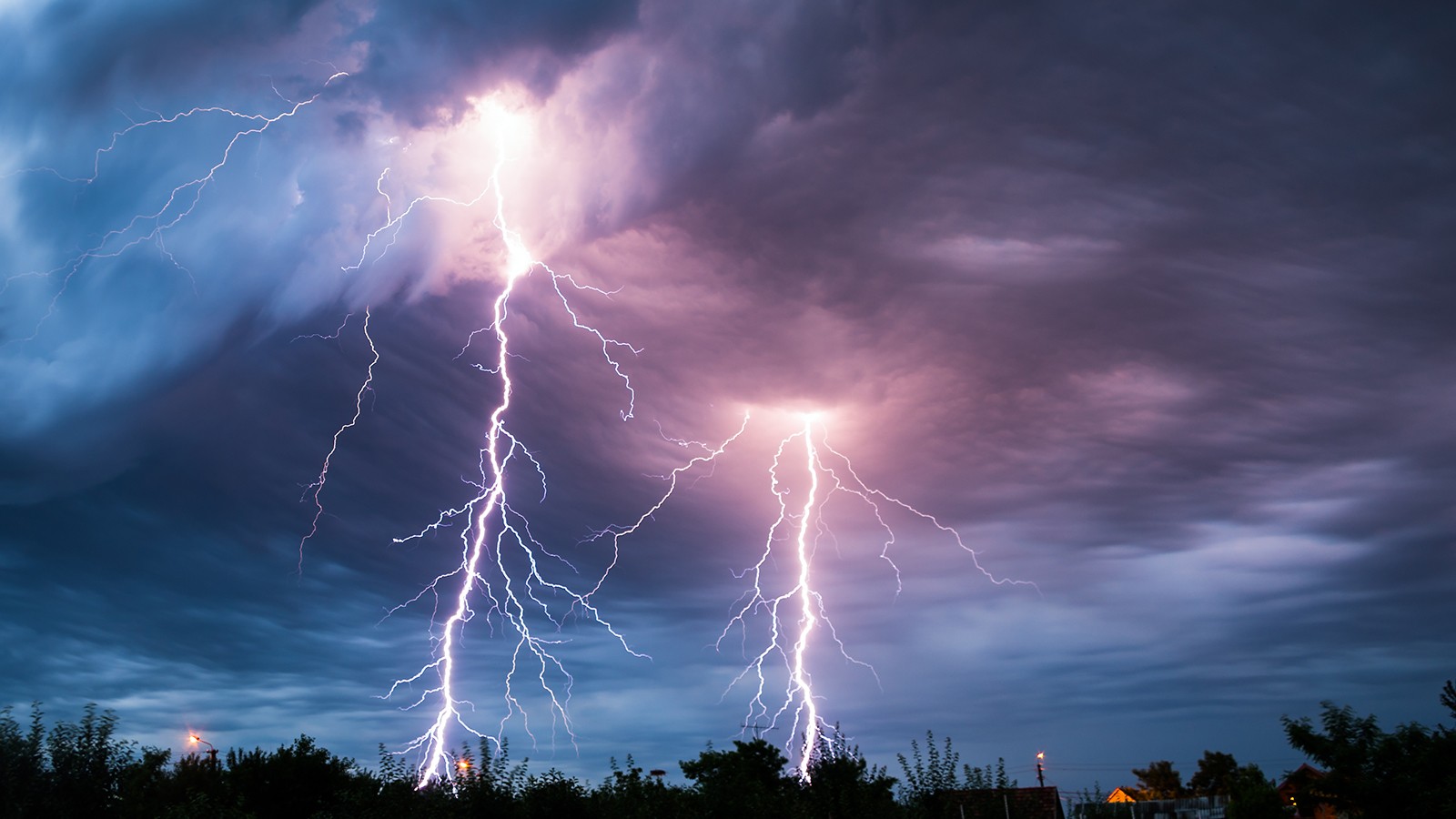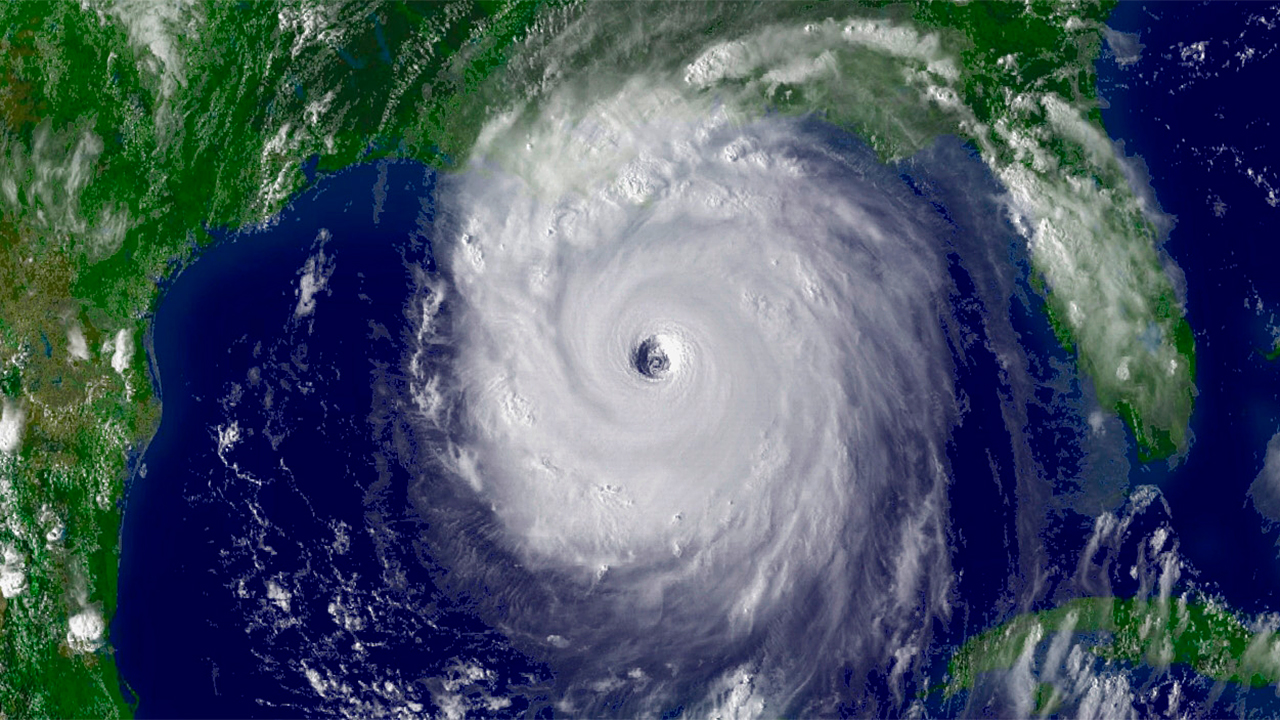Even though it may seem like hurricanes are an unlikely threat to this area, their impacts can be felt hundreds of miles inland. Crisp County experienced the impacts of a Category 5 hurricane last September. Crisp County was even placed under a Tropical Storm Warning during this event. September 11, 2017 at 4:46 AM Crisp County experienced wind speeds as high as 30 MPH. 30 MPH may seem insignificant when Hurricane Irma’s highest wind speed was 185MPH, but powerlines, trees, and homes were damaged as a result.
Preparation is crucial in any significant weather event. The best time to prepare is before severe weather strikes.
Before Hurricane Season (Hurricane season typically runs from June 1 to November 30)
- Know your zone
- Put together an Emgergency Kit
- Write or review your Family Emergency Plan
- Review your Insurance Policies
- Undestand the terms. (Included Below)
Tropical Storm Watch:
A Tropical Storm Watch is issued when a tropical cyclone containing winds of 34 to 63 kt (39 to 73 mph) or higher poses a possible threat, generally within 48 hours. These winds may be accompanied by storm surge, coastal flooding, and/or river flooding. THE WATCH DOES NOT MEAN THAT TROPICAL STORM CONDITIONS WILL OCCUR. IT ONLY MEANS THAT THESE CONDITIONS ARE POSSIBLE.Tropical Storm Warning:
A Tropical Storm Warning is issued when sustained winds of 34 to 63 kt (39 to 73 mph) or higher associated with a tropical cyclone are expected in 36 hours or less. These winds may be accompanied by storm surge, coastal flooding, and/or river flooding.
Hurricane Watch:
A Hurricane Watch is issued when a tropical cyclone containing winds of 64 kt (74 mph) or higher poses a possible threat, generally within 48 hours. These winds may be accompanied by storm surge, coastal flooding, and/or river flooding.
The watch does not mean that hurricane conditions will occur. It only means that these conditions are possible.
THE WATCH DOES NOT MEAN THAT HURRICANE CONDITIONS WILL OCCUR. IT ONLY MEANS THAT THESE CONDITIONS ARE POSSIBLE.
Hurricane Warning:
A Hurricane Warning is issued when sustained winds of 64 kt (74 mph) or higher associated with a tropical cyclone are expected in 36 hours or less. These winds may be accompanied by storm surge, coastal flooding, and/or river flooding. A hurricane warning can remain in effect when dangerously high water or a combination of dangerously high water and exceptionally high waves continue, even though winds may be less than hurricane force.
During Tropical Storm or Hurricane:
- Secure your home!
- Stayed tuned in!
- Follow instructions issued by local officials. Leave immediately if ordered!
- If NOT ordered to evacuate:
- Take refuge in a small interior room, closet, or hallway on the lowest level during the storm. Put as many walls between you and the outside as you can.
- Stay away from windows, skylights, and glass doors.
- If the eye of the storm passes over your area, there will be a short period of calm, but at the other side of the eye, the wind speed rapidly increases to hurricane force winds coming from the opposite direction.
After a Tropical Storm or Hurricane:
- Continue listening to a NOAA Weather Radio or the local news for the latest updates.
- If you evacuated, return home only when officials say it is safe.
- Once home, drive only if necessary and avoid flooded roads and washed-out bridges. If you must go out, watch for fallen objects in the road, downed electrical wires, and weakened walls, bridges, roads, and sidewalks that might collapse.
- Walk carefully around the outside of your home to check for loose power lines, gas leaks, and structural damage.
- Stay out of any building if you smell gas, if floodwaters remain around the building, Â if the building or home was damaged by fire, or if the authorities have not declared it safe.
- Carbon monoxide poisoning is one of the leading causes of death after storms in areas dealing with power outages. Never use a portable generator inside your home or garage. Review generator safety.
- Use battery-powered flashlights. Do NOT use candles. Turn on your flashlight before entering a vacated building. The battery could produce a spark that could ignite leaking gas, if present.
Resources:
https://www.ready.gov/are-you-ready-guide
https://www.nhc.noaa.gov/prepare/ready.php
https://www.weather.gov/contact/weatherreadynation/force.html

